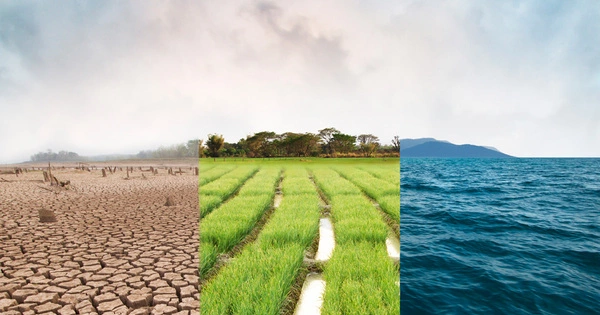Economic analysis is used by policymakers and politicians to make decisions about the risks posed by climate change to society. Economic models are critical to this task. They can be used to calculate the future costs of climate change effects like heatwaves, flooding, and sea-level rise, as well as the economic benefits of preparing for them. Models can also estimate the costs and benefits of reducing greenhouse gas (GHG) emissions.
A study examines the impact of rising global temperatures and climate change on GDP, discovering that nearly a quarter of the countries studied are vulnerable to such effects. Climate change has an impact on a wide range of economic sectors, from crop damage to cooling failures at cloud-based data centers. It’s unclear whether a country’s economy can bounce back each year from these impacts or if global temperature increases cause permanent and cumulative impacts on the market economy.
A study from the University of California, Davis, published today by IOP Publishing in the journal Environmental Research Letters, addresses this fundamental question, which underpins the costs and benefits of climate change policy. The study employs an empirical approach to examine the impact of rising global temperatures and climate change on Gross Domestic Product, or GDP.
Our results suggest that many countries are likely experiencing persistent temperature effects. This contrasts with models that calculate metrics like the social cost of carbon, which mostly assume temporary temperature impacts on GDP. Our research adds to the evidence suggesting that impacts are far more uncertain and potentially larger than previously thought.
Bernardo Bastien-Olvera
It discovered that economies are sensitive to persistent temperature shocks over at least a 10-year time horizon, affecting economic growth in roughly 22% of the countries studied.
“Our results suggest that many countries are likely experiencing persistent temperature effects,” said lead author Bernardo Bastien-Olvera, a Ph.D. candidate at UC Davis. “This contrasts with models that calculate metrics like the social cost of carbon, which mostly assume temporary temperature impacts on GDP. Our research adds to the evidence suggesting that impacts are far more uncertain and potentially larger than previously thought.”

Persistent and cumulative
Previous studies attempted to answer the question by estimating the delayed effect of temperature on GDP in subsequent years, but the results were inconclusive. UC Davis scientists and co-authors from Italy’s European Institute on Economics and the Environment used a novel method to isolate the persistent temperature effects on the economy by analyzing lower modes of oscillation of the climate system in this study.
El Nio Southern Oscillation, for example, is a three to seven-year temperature fluctuation in the Pacific Ocean that affects temperature and rainfall in many parts of the world.
“By looking at the GDP effects of these types of lower-frequency oscillations, we’re able to distinguish whether countries are experiencing temporary or persistent and cumulative effects,” Bastien-Olvera said. The team used a mathematical procedure called filtering to remove higher frequency yearly changes in temperature.
Enormous task
The researchers point out that characterizing the effects of temperature on the economy is a massive task that is unlikely to be completed by a single research group.
“Data availability and the current magnitude of climate impacts limit what can be done globally at the country level,” said co-author and study principal investigator Frances Moore, an assistant professor of environmental science and policy at UC Davis. “However, our research adds a new piece to the puzzle and provides a novel tool to answer this still unanswered question.”
















